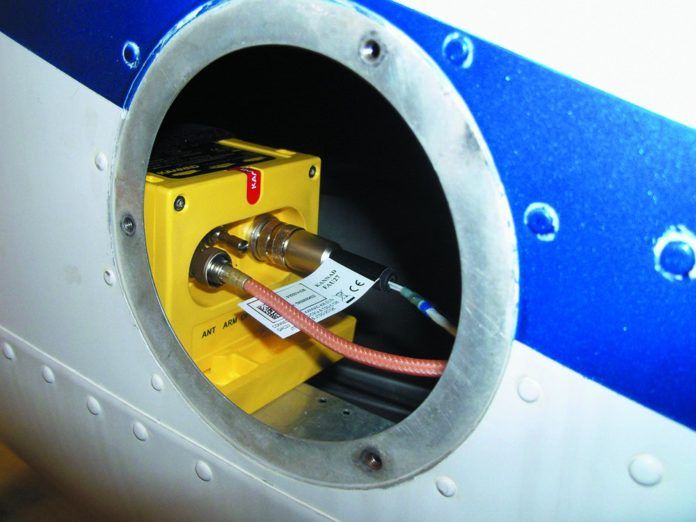The 406 MHz ELT market never quite achieved liftoff, probably because the FAA hasn’t mandated these beacons, even though it still requires an installed ELT of some kind. A lively market of capable, inexpensive personal locaters (PLBs) further muddies the buying decision. But there are good arguments for an installed 406 MHz beacon, not the least of which is that after a crash, you might not be in any condition to activate a PLB.
In this report, we’ll examine GPS-enabled third-gen 406 MHz ELTs that substantially improve your odds of being located after a crash. Shops tell us installed costs may hover around $3000, but you can knock the sting off that number by having the work done when the airplane’s pulled apart at annual.
Why Upgrade?
The FAA’s ELT requirements for U.S. registered aircraft haven’t changed in years, but new-production beacons are governed by TSO C-126A. In the regs, FAR 91.207 says an approved automatic emergency locator beacon must be attached to the aircraft, which means personal locator beacons (PLBs) can not be substituted. But this doesn’t mean you can’t fly with older beacons transmitting on 121.5 MHz—there’s no rule that says 406 MHz beacons have to be used. But as nearly everyone should know, rescue organization Cospas Sarsat doesn’t monitor the 121.5 MHz frequency. Additionally, these older systems generally can’t interface with onboard GPS for even tighter position reporting, a tough sell which makes us wonder why all new beacons don’t have integral GPS receivers, and at a lower cost. More on that in a minute.
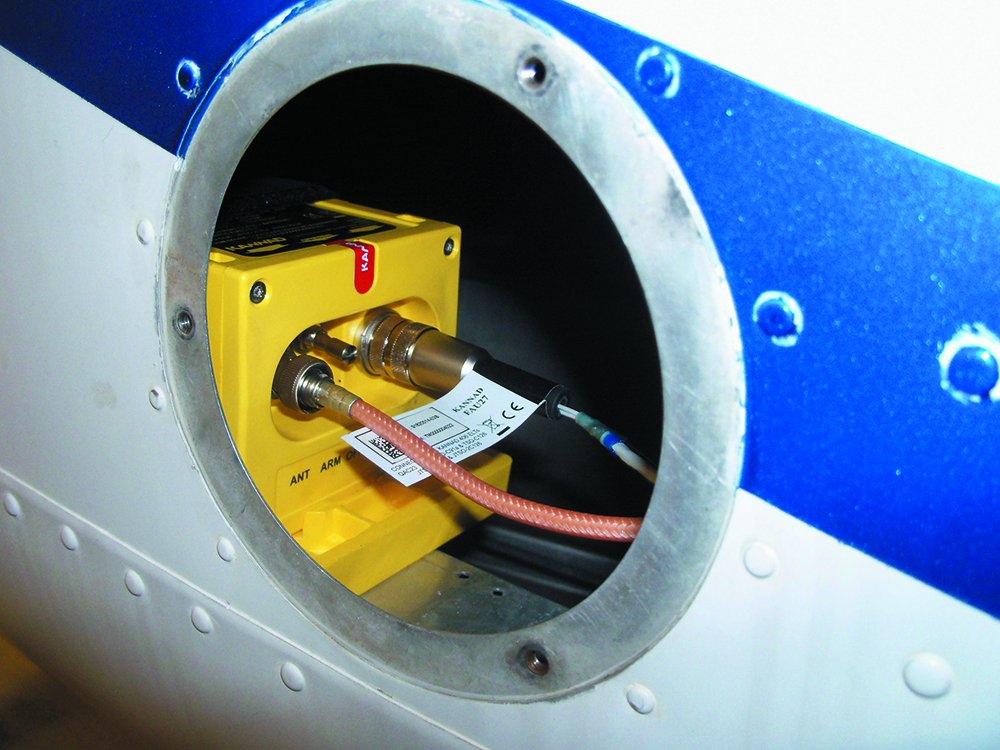
While ELT upgrades may offer little gee-whiz appeal on the outside, more reliable electronics on the inside could make the major retrofit worth it. Controlled 24-hour battery endurance, programmable tail-number/pilot information encryption, better location accuracy (as tight as one mile), plus the ability to activate the beacon from a panel-mounted switch, are a few benefits.
In general, 406 MHz beacons transmit a 5-watt signal burst every 50 seconds, while streaming data in an encrypted short-message format. Compared to the average 15-mile accuracy of a 121.5 MHz beacon, a 406 MHz beacon ping might be contained to a three-mile area. One user who inadvertently activated his new GPS-equipped beacon during maintenance said Sarsat rescue phoned him within 10 minutes and pinpointed the beacon’s position within 100 yards of his hangar.
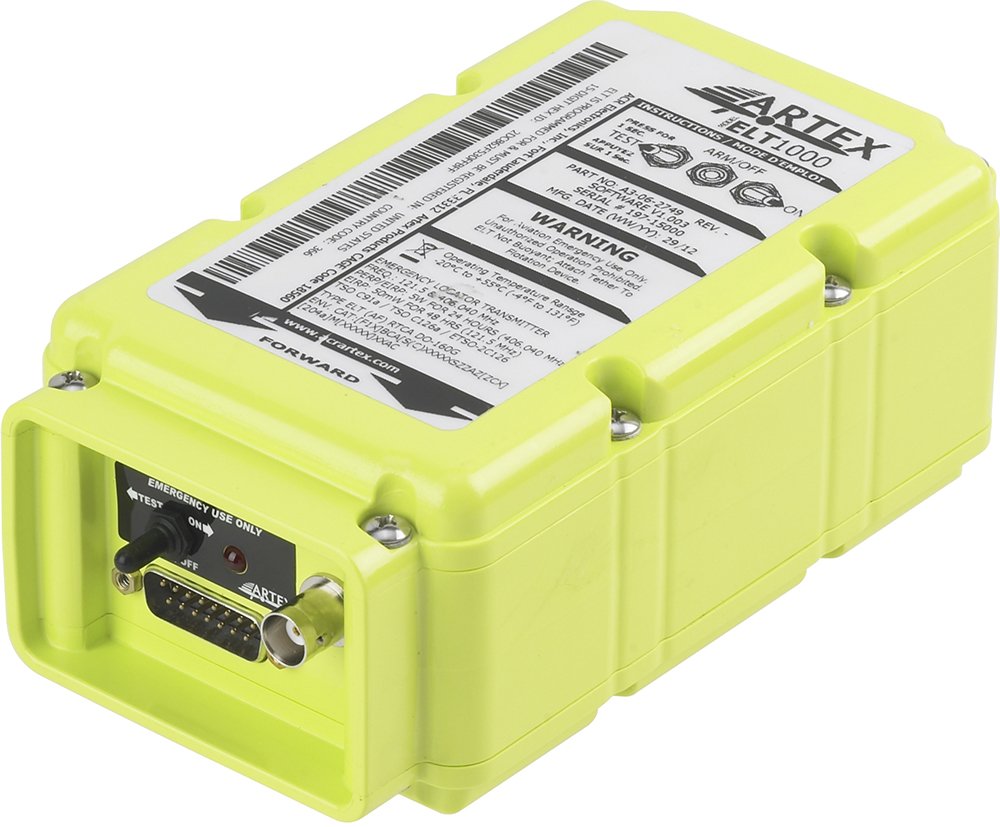
As for selecting a retrofit system, that might depend on what type is currently installed in the aircraft, the installer’s preference and whether or not you want GPS interface—external or internal. The choice might also depend on the design of the ELT antenna. Faster airframes could require antennas with higher speed ratings. In pressurized aircraft, this could require additional approvals and lots of installation effort.
Your shop should evaluate the old ELT wiring and accessories. Existing 121.5 MHz beacons may or may not have a control head for manual activation and self-test, a TSO requirement for new 406 MHz beacons. It must be located on the instrument panel, accessible by both front seat crew members. The physical installation of the beacon is basically the same as it ever was, but requires that the attachment point is solid enough to withstand a 100G load. If not, a reinforcement mounting plate might have to be fabricated.
GPS-Equipped, or Not?
A GPS interface could maximize search and rescue efforts, since the beacon transmits GPS coordinates, along with its programmed address data. But, don’t be confused by marketing claims of “built-in GPS navigational interface” because this doesn’t necessarily mean the beacon is equipped with its own GPS receiver. Instead, it means that GPS data can be connected to the beacon from a panel navigator over a serial databus. This can be a time-consuming chore that you’ll pay for, since it will require the shop to access and run new wiring from the panel GPS into the beacon.
Some beacons will work with portable GPS receivers by inputting NMEA and Garmin’s Aviation Out data stream, but it’s up to the installer to determine airworthiness.
Speaking of airworthy, since the beacon is mounted in the tail section, it could require sizable interior disassembly to route the harness. This is good reason to include an ELT installation during annual inspection or other avionics projects.
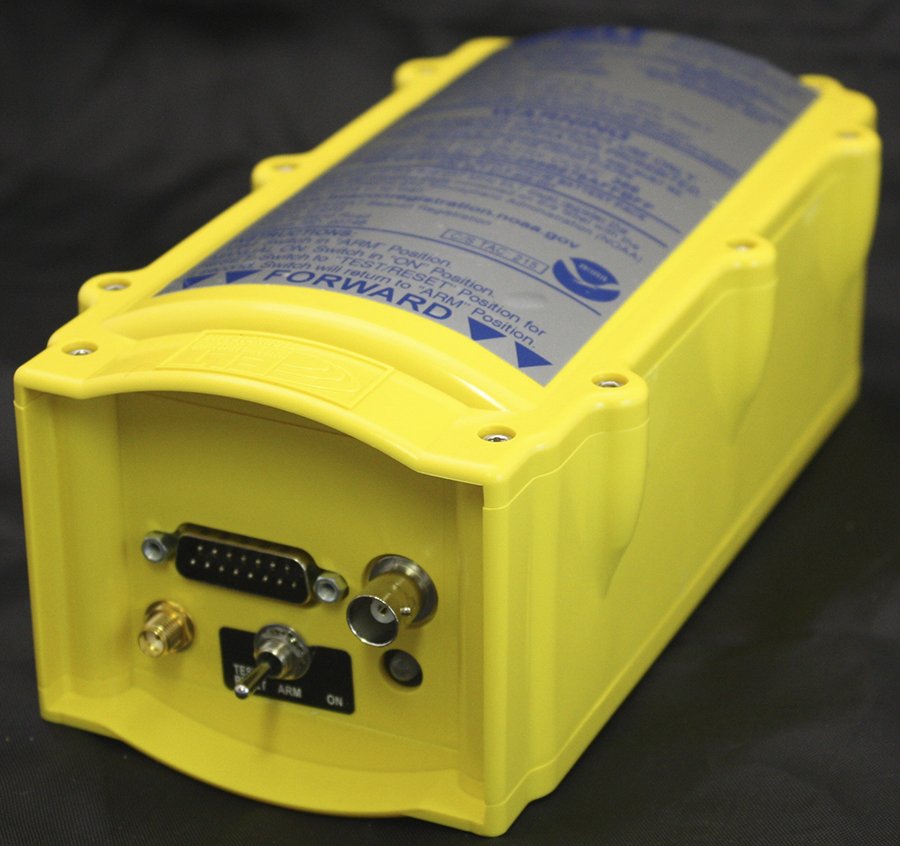
The latest flagship ELT systems are equipped with internal GPS receivers, including the recently certified ELT406GPS from Tyler, Texas-based Emerging Lifesaving Technology. With a list price of $1600, the GPS receiver is contained inside the beacon, while a low-profile blade antenna houses both the GPS and 406 MHz antenna. The system is powered by three owner-replaceable D-cell lithium ion batteries, which are molded in a single pack and cost roughly $200.
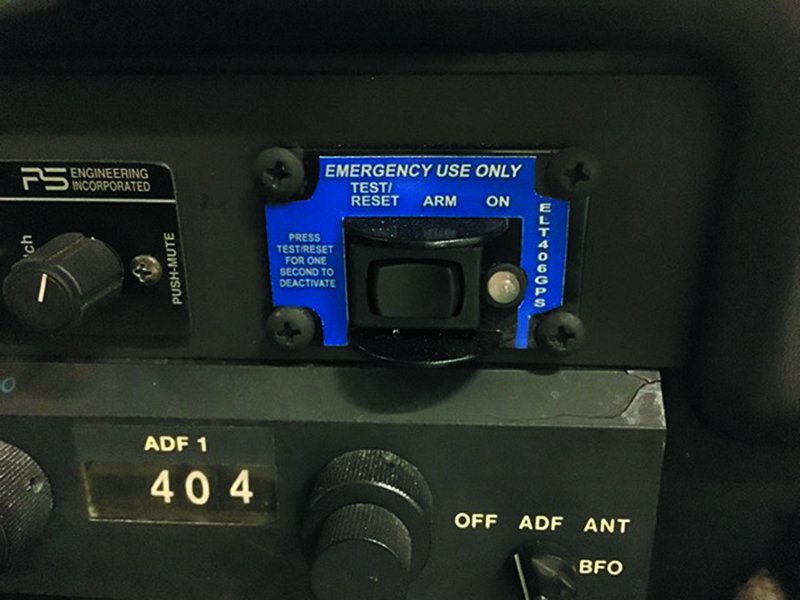
While most other 406 MHz beacons also include a 121.5 MHz transmitter, the ELT406GPS does not. Company principle Johnnie Johnson told us the FCC banned 121.5 MHz receivers while the ELT406GPS was undergoing certification, but “the FCC and FAA have since worked out their differences and agreed to allow 121.5 MHz back in any new systems being certified,” he told us. Johnson admitted that the company can inexpensively equip the beacon with a 121.5 MHz receiver, but the recertification effort would make it cost prohibitive.
On a side note, although 121.5 MHz distress pings aren’t satellite-monitored, control towers and air crews might be listening in.
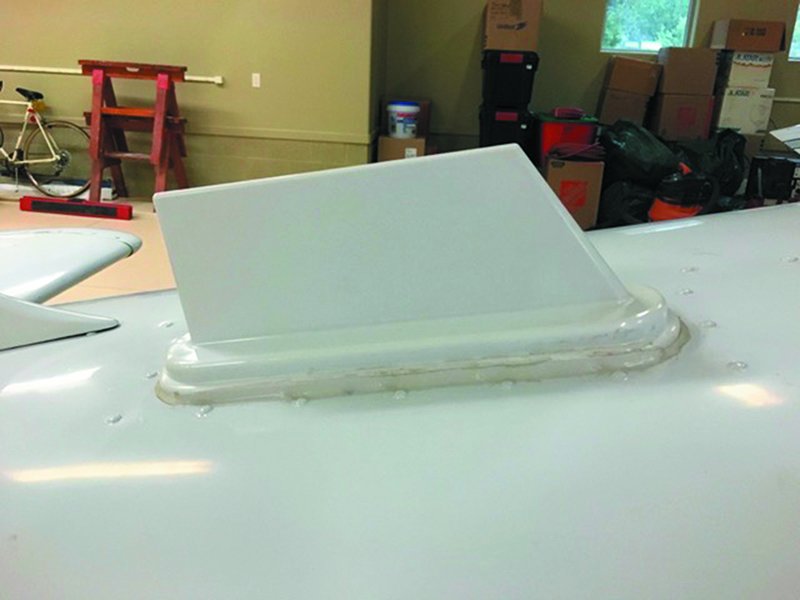
Canadian-based Pointer Avionics (not to be confused with Arizona-based Pointer Electronics) sells the Skyhunter 406, which has an internal GPS receiver and is compatible with a variety of antenna options, including an all-in-one GPS/ELT whip. While the Skyhunter has an internal GPS antenna worthy for fiberglass and fabric applications, metal and carbon fiber airframes will require an external antenna. The Skyhunter sells for $1150 with a whip antenna and prewired remote control switch, and $1500 with a high-speed blade.
Plug-and-Play
ACK Avionics, ACR Artex and Pointer Electronics offer systems to upgrade same-brand 121.5 MHz models to new 406 systems. This is where you’ll need the advice of your shop, which should know which system will be the easiest to upgrade, which type of antenna is required and just how much rewiring will have to be accomplished, based on current configuration. Most of the shops we spoke with generally run new wiring from the beacon to the remote panel switch, so a same-brand drop-in model might not save a whole lot in labor.
The ACK E-04 system is intended for fresh installations, while the E-04R is designed to drop into an existing ACK E-01 installation—a popular 121.5 MHz beacon.
The E-04 and new E-04C Commercial model (for jets and transport aircraft) accept Arinc 429, Garmin Aviation, BendixKing Aviation and NMEA 0183 data outputs for position feed, while the control head fits Artex and Kannad remote control switch panel cutouts, and can use the Ameri-King remote control. The standard system comes with a whip antenna with a 250-knot speed rating. The five-year battery is $153.
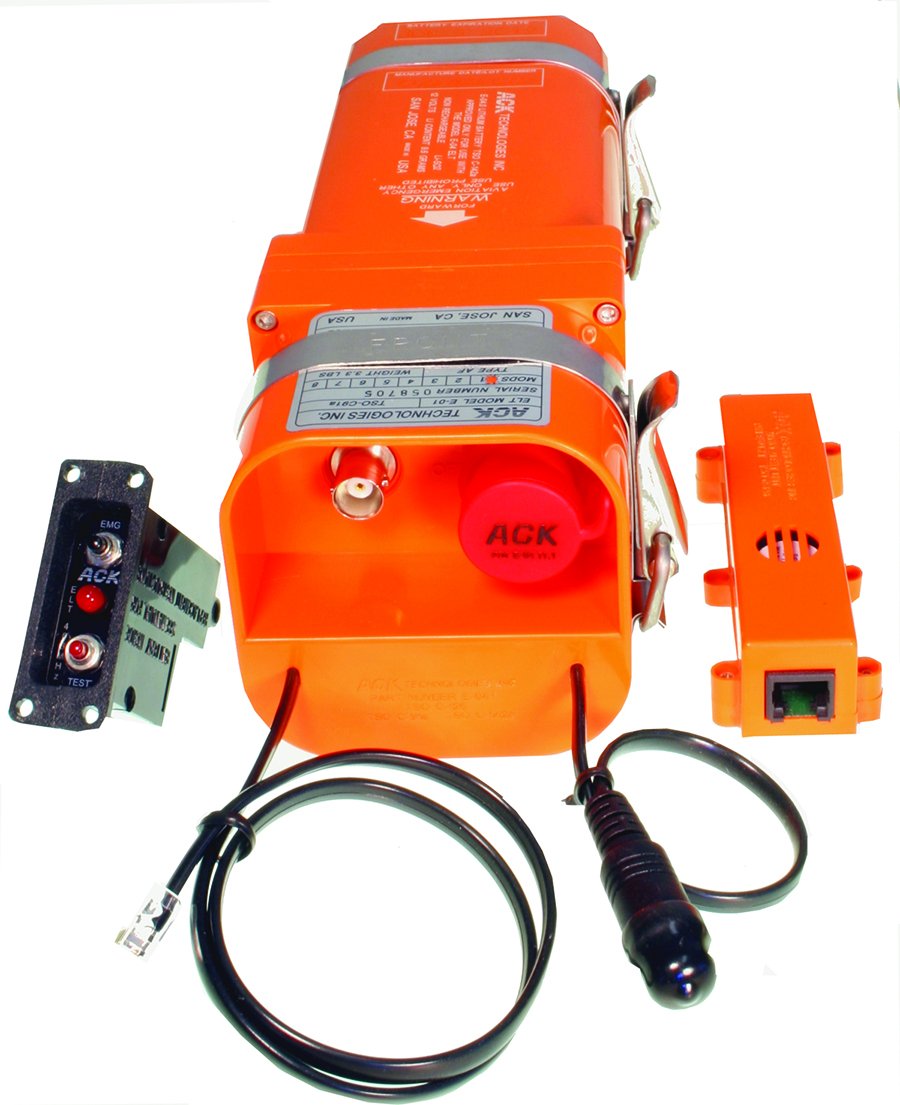
The $920 Pointer Electronics model 8000 is designed to replace the company’s 121.5 MHz model 3000 and includes a five-year battery pack, remote switch with guard, plus a short whip antenna and cabling. If you have an older Pointer 3000 (the system is still in production), the company honors a lifetime parts and labor warranty and charges a $45 handling fee. The only stipulation is the system has to have an approved Pointer battery installed.
One model that shops we spoke with prefer perhaps more than any other is the $620 Artex ELT-1000. It’s reverse-compatible with the older ME406 and can work with some legacy remote control switches. The ELT-1000 doesn’t have internal GPS, but it is compatible with a variety of external GPS data labels. Worth mentioning is the ELT-1000 is Garmin’s preferred system—with one installed in every aircraft in its fleet—a testament to Artex’s GPS compatibility. We like that the ELT-1000 is compatible with a variety of antennas. That isn’t the case with the budget-minded $550 ELT-345, which comes in only one kit form (with a whip antenna) and is limited to aircraft with speeds under 225 knots. The ELT-345 shares much of the same feature set as the 1000, including external GPS compatibility.
On the topic of Artex, 406test.com is ACR Electronics’ web-based ELT self-testing and beacon management service. For a one-time fee of $60—which includes one ELT test—and $30 per test after the beacon is registered, you can perform a satellite diagnostic test on the beacon using its internal test circuit. Simply log in to your account and enter the aircraft information. Once the self-test is initiated, you’ll receive notification through the smartphone app and if it passes, you can print an FAA-compliant certification for the aircraft records. The service even has fleet management, providing reminders when certifications are due.
Kannad
When we last covered 406 ELTs nearly five years ago, we favored the French-made McMurdo Kannad AF Compact for its small size, which measures 6.6 by 3.9 by 3.4 inches and weighs 1.8 pounds. Shops we spoke with during our research also favored the Kannad not only for its small footprint, but also for its field programmability.
Also worth mentioning is the Compact’s single six-year battery (priced at $500), which powers both the beacon and the remote control switch. This means the system remains independent of the aircraft electrical bus.
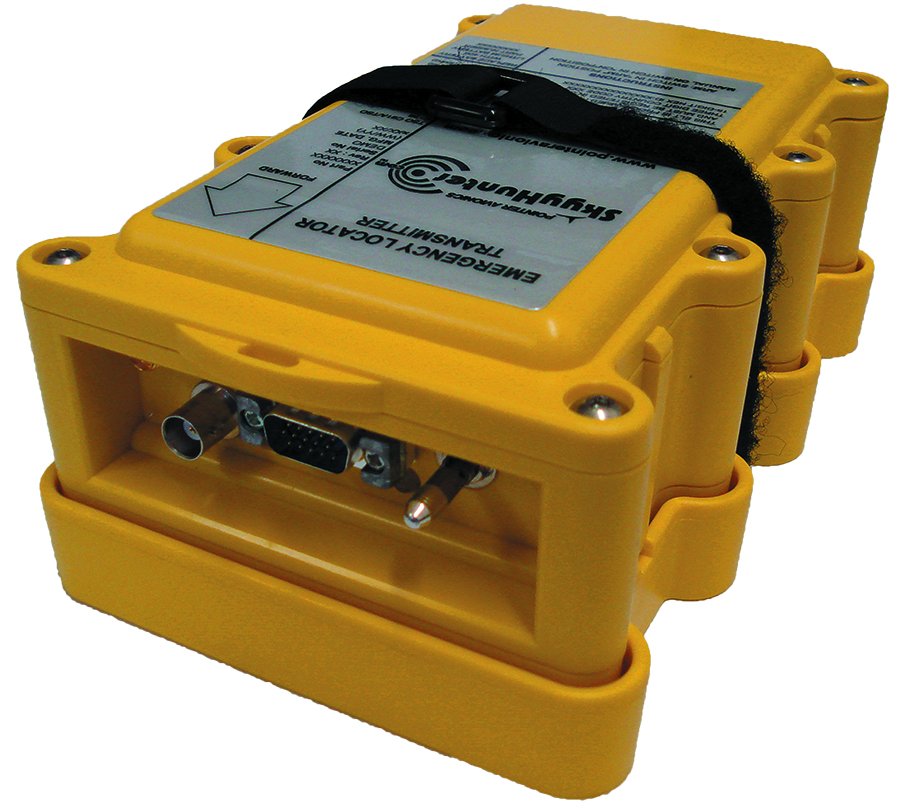
The follow-up product to the Compact is the $1200 AF Integra model, which has all of the same features, but with a built-in GPS receiver. Like the Compact, the Integra is compatible and approved with an external whip, rod or blade antenna. The beacon also houses a GPS antenna, eliminating the need for an external one. The Integra can be removed from the aircraft and will still transmit position.
We like that the Integra is compatible with several remote control switches, which might be matched to the existing ELT wiring configuration, or available panel space. This including the RC100, which connects to the beacon with a supplied three-wire interface cable (all of the switches are available with optional programming dongle for programming the beacon inside of the aircraft). The RC102 switch assembly interfaces with the beacon via a two-wire interface and the RC200 (standard with every system) is compatible with both three or four-wire harnesses, perhaps the most common wiring interface.
The Ameri-King AK-451 (which can replace the 121.5 MHz AK-450)is marketed as both an AF (automatic fixed) and AP (automatic portable beacon) since it can be removed from a Velcro strap and connected with a portable antenna. So if you auger, survive and need to hike away from the crash, you can take the beacon with you.
The AK-451 has a transmit battery life of 78 hours. The battery has a five-year replacement interval and there’s internal self-test monitoring. It comes standard with a whip antenna rated for 300 knots and there are optional blade and rod antennas for use on jets, turboprops and rotorcraft.
Top Picks
As we mentioned, how you might choose depends on what is already installed. We favor the Artex ELT-1000 because of its fair price and antenna options. If you don’t need a high-speed antenna, save the $70 and go with the Artex ELT-345.
For integrated GPS, we think the Kannad Integra is a good value at $1200. We like the internal antenna for a simplified installation and for use in fiberglass and fabric airframes, plus its smart battery management.
In a follow-up article, we’ll look at portable locator beacons, a backup alternative when retaining a functioning 121.5 model.
| Select 406 MHz ELT Systems Compared | ||||
|---|---|---|---|---|
| MODEL | STREET PRICE | GPS INTERFACE | BATTERY COST | COMMENTS |
| ACK E-04/R | $450 | serial data | $155 | Easy upgrade from earlier E-01 series. |
| AMERI-KING AK-451 | $570 | serial data | $134 | 78-hour battery endurance, portable antenna for handheld use. |
| ARTEX 1000 | $620 | serial data | $180 | Various antenna options, liberal data label input. |
| ARTEX 345 | $550 | serial data | $180 | Limited to whip-style antenna. |
| EMERGING LIFESAVING 406ELTGPS | $1095 | internal | $212 | Internal GPS saves wiring. |
| KANNAD COMPACT | $950 | none | $500 | Field programmable, small size. |
| KANNAD INTEGRA | $1200 | internal | $200 | Internal GPS antenna for fiberglass and fabric applications. |
| POINTER 8000 | $920 | none | $135 | Direct replacement for 3000 series. |
| SKYHUNTER 406 | $1150 | internal | $175 | Integral USB port for Internet-based programming, internal GPS antenna. |

